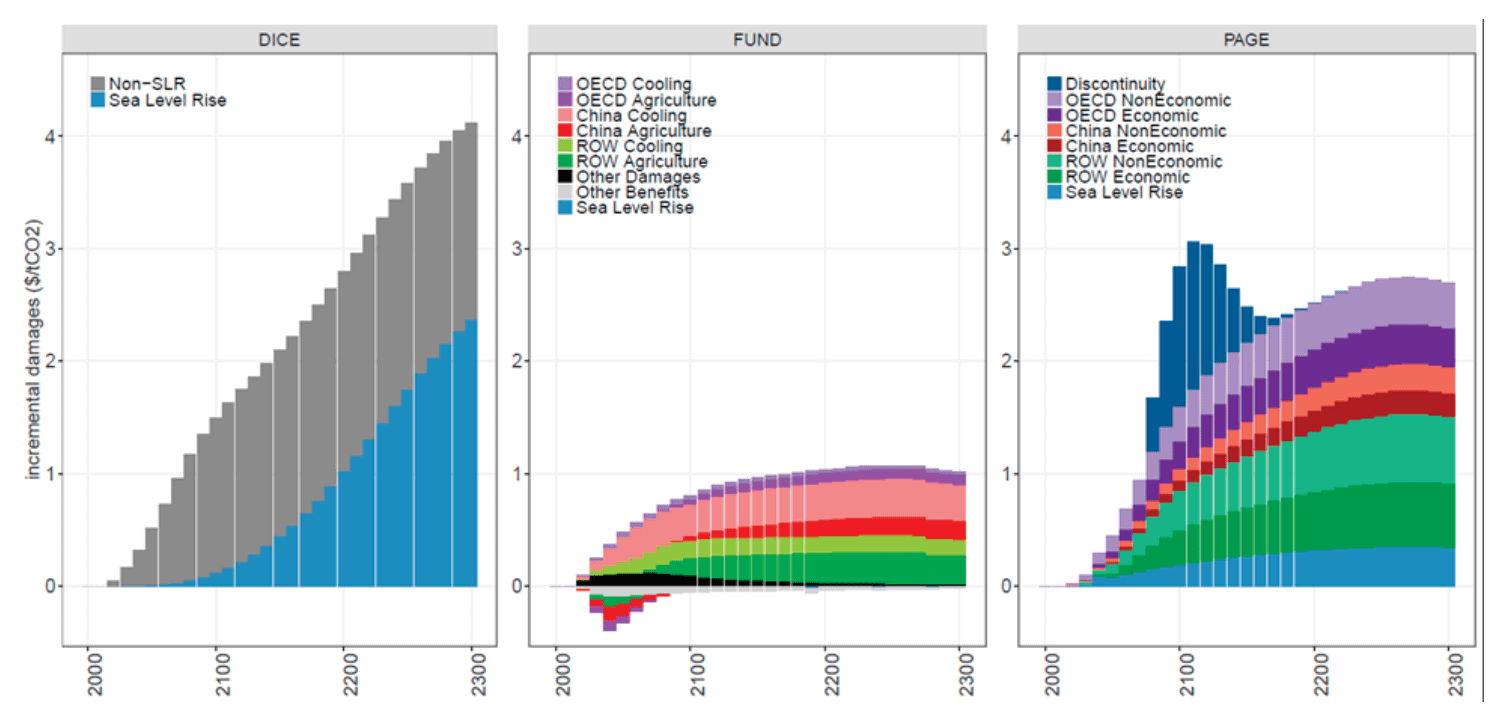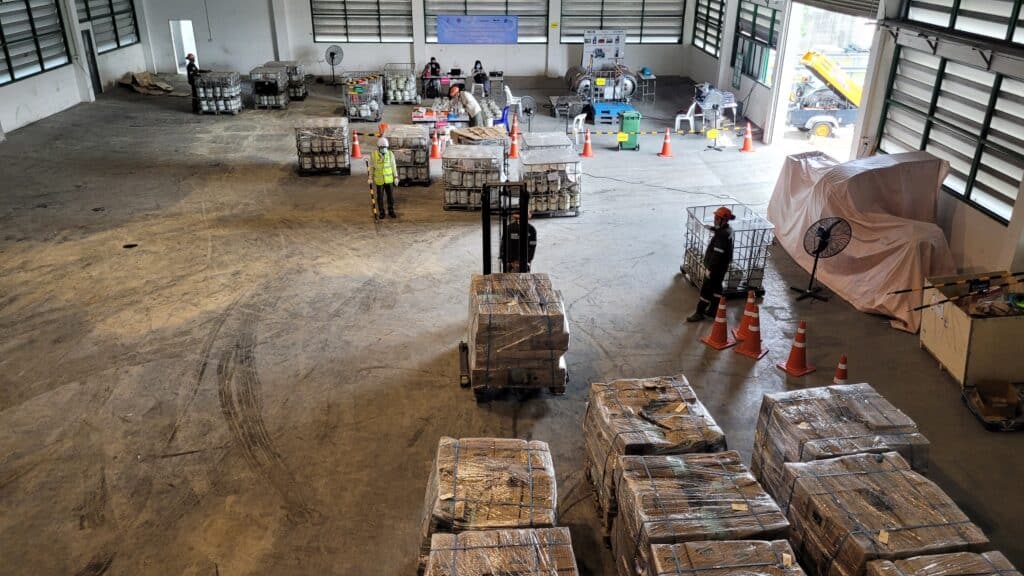The Social Cost of Carbon
- October 3, 2024

2021 was a year of fierce climate conversations. From the Intergovernmental Panel on Climate Change (IPCC) Sixth Assessment Report in August to COP26 in Glasgow in November, the year culminated in radical news about humanity’s progress to fight climate change—but radical action hasn’t been agreed upon. While climate activists and indigenous groups remain committed to showing the human cost of climate change, this conversation often goes underrepresented. As we reflect on the year past, the Social Cost of Carbon (SCC) becomes a helpful metric to understand the work that remains. Let’s take a look at the past, present, and future impacts of climate change, and what businesses and individuals can do right now to accelerate action.
Where do things stand with climate change?
In August, the IPCC Report established the global scientific consensus that “it is unequivocal that human influence has warmed the atmosphere, ocean and land” and that “human-induced climate change is already affecting many weather and climate extremes in every region across the globe.” This will continue to have severe consequences for society such as the spread of disease, decreased food security, and coastal destruction.
What is the effect of climate change on society?
The UN Office for Disaster Risk Reduction (UNDRR) and World Meteorological Organization (WMO) recently reported that from 1970-2019 there were over two million deaths and $3.64 trillion in losses attributed to natural disasters, with over 91% of the deaths occurring in developing countries. The economic cost of natural hazards has skyrocketed to $383 million per day globally, with more frequent and intense tropical storms being the leading cause of economic damages. The US accounts for 38% of global economic losses caused by weather, climate, and water hazards.
Over 200 medical journals have labeled climate change as the greatest threat to global public health, and have urged governments to give climate change the same level of concern and funding that the COVID-19 pandemic has received. Unfortunately, disadvantaged groups of people facing discrimination based on gender, age, race, class, caste, indigeneity and disability are less likely to be able to cope with and recover from these damages. For these groups, lower quality of housing increases exposure to climate hazards such as flooding, drought, heat waves, water scarcity and water-borne pathogens, thereby increasing susceptibility to damage caused by climate hazards through the loss of income or food price increases. Shockingly, one-third of the global population is projected to experience temperatures that are currently only found in the Sahara.
These risks to human life highlight the need to increase adaptive capacity where it is low and help poorer communities prepare for the climate migration that is expected to take place during this century as a result of compounding calamities. This begins with defining a measure through which the global community can measure the cost of climate change: the Social Cost of Carbon (SCC).
What is the social cost of carbon?
The Social Cost of Carbon (SCC) is one way to account for negative impacts on society. SCC is a metric designed to quantify and monetize climate damages, representing the net economic cost of carbon dioxide (or other greenhouse gases such as methane or nitrous oxide) emissions in a given year. It can and should be used to evaluate policies and guide decisions that affect greenhouse gas emissions.
Many major multinational companies, including Engie, Microsoft, and Nisaan already use internal measures much like the social cost of carbon to help make the business case for low-carbon investments. Yet while some countries and companies have put a price on carbon emissions through emission trading systems, emission reduction funds, and carbon taxes, the damages or “externalities” from emitting greenhouse gases are largely not reflected in the price of goods and services.
SCC is calculated by combining physical, economic, and social data from Integrated Assessment Models (IAMs). These models translate carbon dioxide emissions into changes in atmospheric greenhouse concentrations, atmospheric concentrations into changes in temperature, and temperature changes into economic damages. The IAMs used by the US federal government’s Interagency Working Group on the Social Cost of Greenhouse Gases (IWG) are DICE, FUND and PAGE. SCC estimates vary widely due to different assumptions about GDP growth, future emissions, climate responses and associated economic impacts, and discounting methods (how we value future damages), as seen in the figure below.

Incremental damages for each tonne of CO2 in each year to 2300, measured in 2005 dollars. The keys show how each model breaks down benefits and damages by type and region [OECD = Organisation for Economic Co-operation and Development; ROW = Rest of World]. Source: Valuing Climate Damages: Updating Estimation of the Social Cost of Carbon
Ultimately, the lack of agreement on a precise figure for SCC highlights the need for governments and businesses to mitigate the risks of global warming by at least putting a price on greenhouse gas emissions as a form of insurance. Inaction essentially values the SCC at zero. You can view IWG’s current SCC estimates in 5-year increments in the table below. While “central” SCC estimates are the most endorsed for US policymaking, they should be considered as a lower bound, given the levels of uncertainty and considering damages that are left out of existing IAMs.
Global SCC estimates, which sum the country-level social costs of carbon, vary from $108-1,459 USD/tCO2, based on different projections of economic growth, emissions and associated damages, and discount rates.

What can we do to prevent global warming right now?
While CO2 is responsible for half of the world’s current warming, the other half comes from potent short-lived climate pollutants (SLCPs), such as methane and fluorinated gases that are used as refrigerants. SLCPs are expected to contribute an additional 0.6°C of global warming by 2050 unless there is widespread action to reduce them. Reducing short-lived climate pollutants gives us our best chance to rapidly reduce global temperature rise and reduce the associated economic, agricultural, and health-related risks.
While countries and governments are working on voluntary commitments to reduce emissions, there are many actions that individuals can take to make a significant impact collectively. Reducing car and air travel, switching to renewable energy, reducing consumption and waste, and supporting carbon neutral businesses are all great ways to lower our carbon footprints. However, these actions require time, money, or lifestyle changes that may be difficult.
One powerful way to reduce your impact today is to purchase carbon offsets, which fund projects that remove carbon from the atmosphere or prevent potent greenhouse gases from leaking into the atmosphere by destroying them. Tradewater offers a solution that permanently destroys greenhouse gases, some of which are over 10,000 times more potent than CO2. Tradewater’s work is especially urgent, as the international treaty that banned the CFC and HCFC refrigerants that we collect and destroy did not allocate funding to clean up these gases. Remaining quantities of chlorofluorocarbons are estimated to amount to nine billion metric tons of CO2 equivalent, which is greater than the annual emissions of the United States. Giving Green, which researches evidence-based climate change solutions, has highlighted Tradewater offsets as “among the most credible on the market.”
Tradewater carbon offsets are very economical compared to Social Cost of Carbon estimates of economic damages that would result from the release of refrigerant gases to the atmosphere. An investment in Tradewater carbon offsets not only represents an actual reduction in emissions, but it also has a real economic impact by supporting the individuals and businesses from whom we buy refrigerant. Tradewater’s projects have resulted in over $32 million invested in communities to date and have supported the creation of new jobs in the US and internationally.
Check out Tradewater’s carbon calculator which allows you to quickly offset the climate impact of your household, as well as Tradewater’s Carbon Neutral Collective which helps businesses easily offset the climate impacts of business operations and achieve carbon neutrality claims.
Read our other white papers
Why this work matters now
The Intergovernmental Panel on Climate Change (IPCC) has determined that we must limit global warming…



